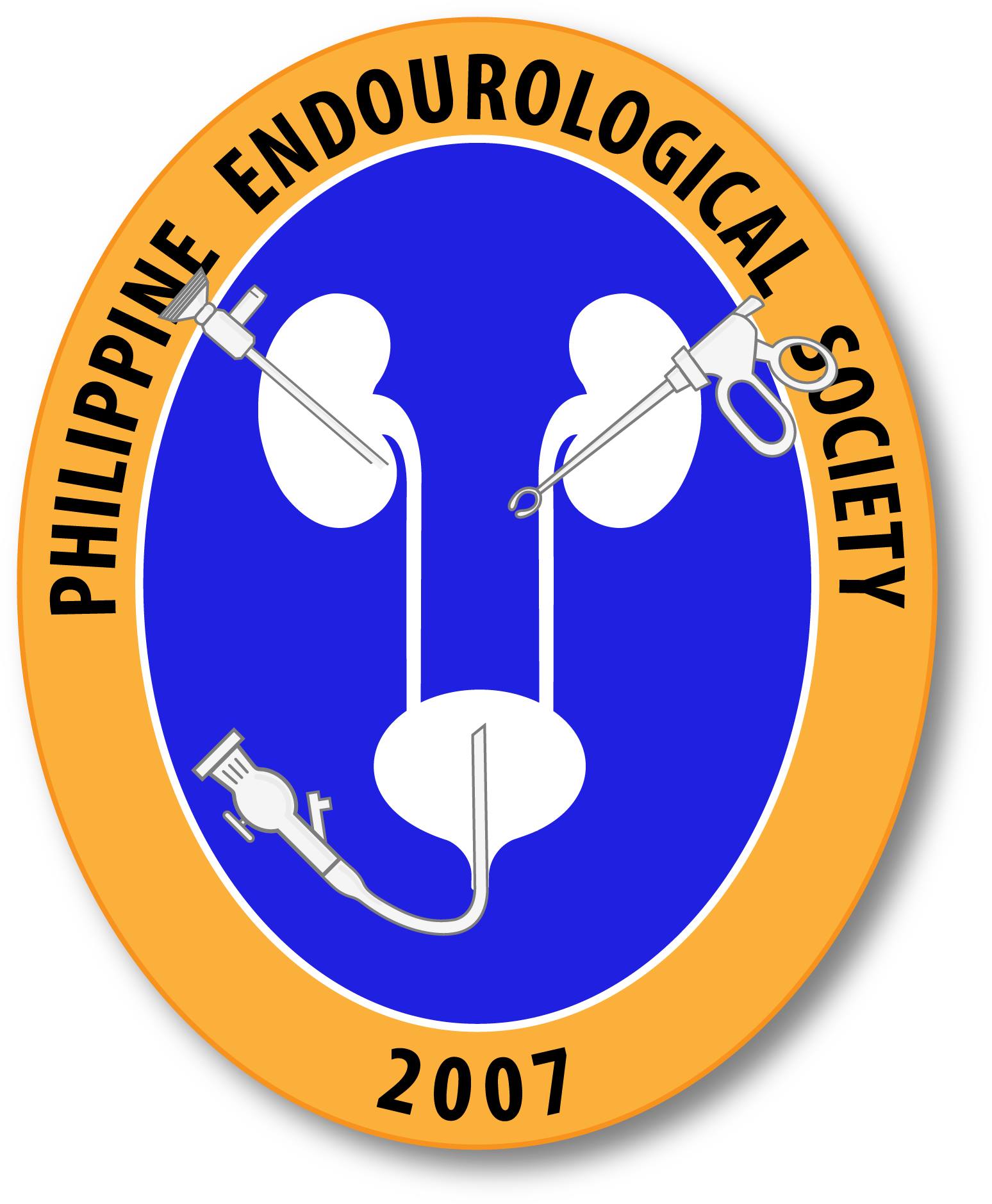miRNA-34a inhibits cell adhesion by targeting CD44 in human renal epithelial cells: implications for renal stone disease.
Nephrolithiasis is a very common disease in which cell-crystal adhesion is an essential mechanism for kidney stone formation. This study has explored the anti-adhesion function of the microRNA, miR-34a, by targeting CD44, a cell surface receptor, in human renal epithelial (HK-2) cells. The expression of CD44 was monitored by qPCR and western blot. A luciferase […]
